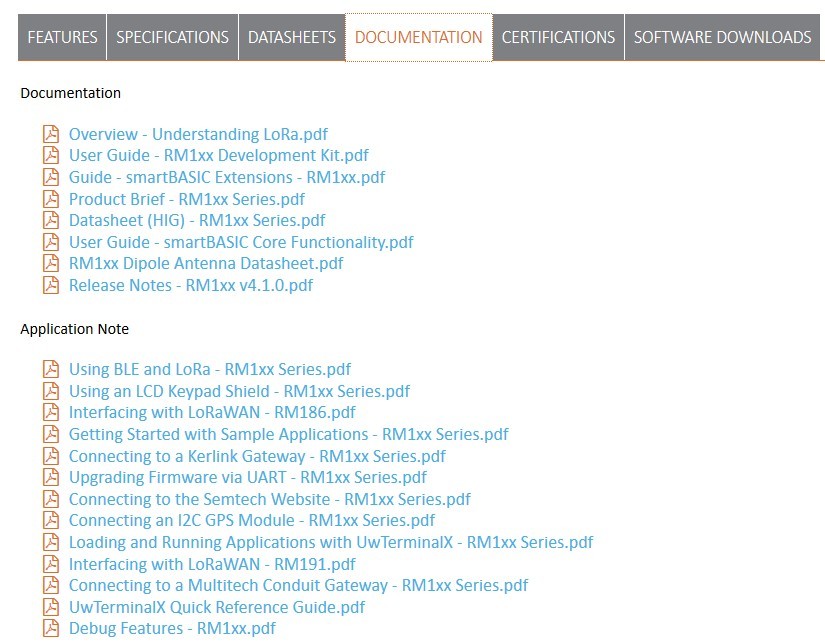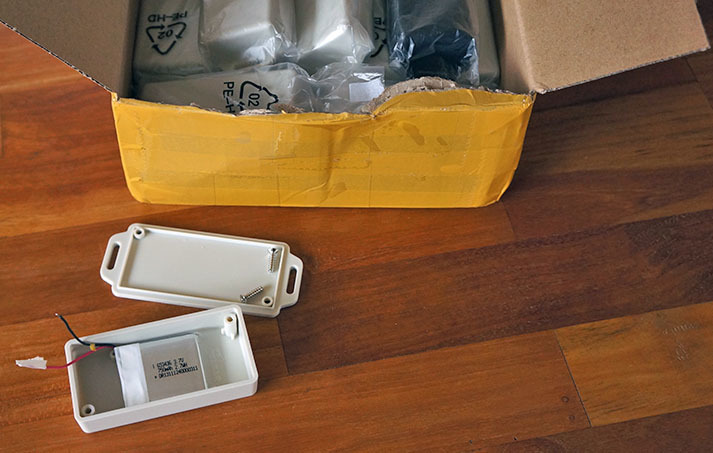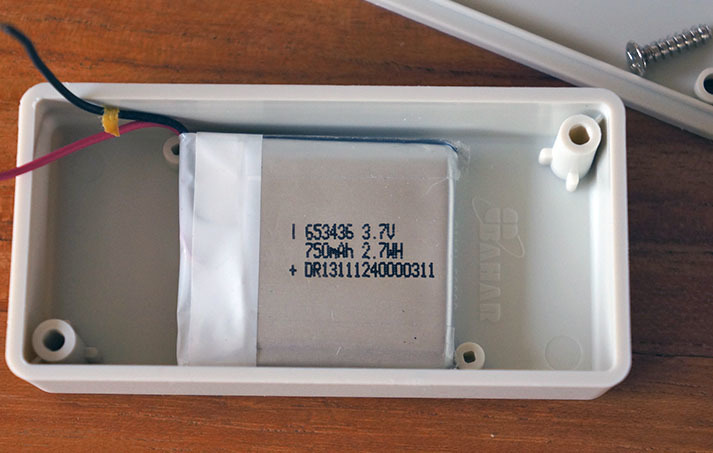@BoRRoZ
thanks for the update procedure, any new features on this version or just bug fixes ?
It’s a big and worthy update. BLE pairing actually works now 
also LoRa stack updates
You should also be able to update via the JTAG (SWD/Segger) if you don’t have Windows.
The following changes have been made for 18.4.1.0 release:
- Updated LoRa Stack to 4.3.0
- As part of stack update, if JoinRequest fails, the module automatically resends the JoinRequest.
- Changed the ids for DevEui, AppEui, AppKey, NwkSKey, AppSKey, and DevAddr. AppKey, NwkSKey and
AppSKey are now write only. This is to close a potential security problem. All existing modules must be
reconfigured with the new ids. - Added in new LoramacSetOption() parameter to allow the user to modify the datarate for the 2
Rx window. This avoids a problem with the iot.semetech.com website where they still use the old value of
DR_3 for this window. - Bug fix - BLE bonding now works.
- Bug fix – LoramacGetOption() now outputs the correct values for AppEui and DevEui.
- ChannelsMask value can now be obtained in the RM191.
- Added new events for the TxDone signal, ADR command from the gateway, and when a receive window times out.
thanks guys, you’re so prompt;-)
- dingdong … the AM2305 NOT ! I2C temp sensor ready for outdoor use
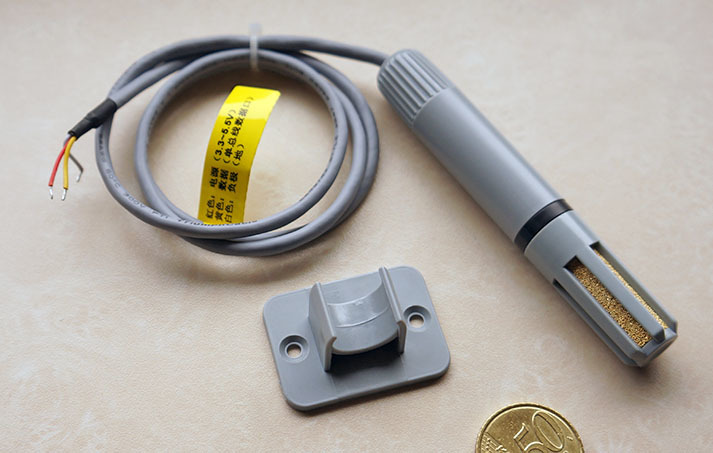
looks nice… more RM186 driver work  PDF specs
PDF specs
- I thought it was equal to this which has a real I2C interface
So I can use it with an arduino one wire lib, but it will be more difficult to use with RM186
I need the same (size and price) with I2C sensors (BME280, SI7021 or HTU21D), this one controlled by only one wire are just so complicated in term of strict timing/measure time when coding on multitasking os such as linux 
How are you guys programming this module. Using the docs from Laird?
Never used smartBASIC before…
Oh thanks @BoRRoZ 
We are designing a small board with gps and accelerometer using this module.
Is anyone else working on something similar? would be good to compare notes 
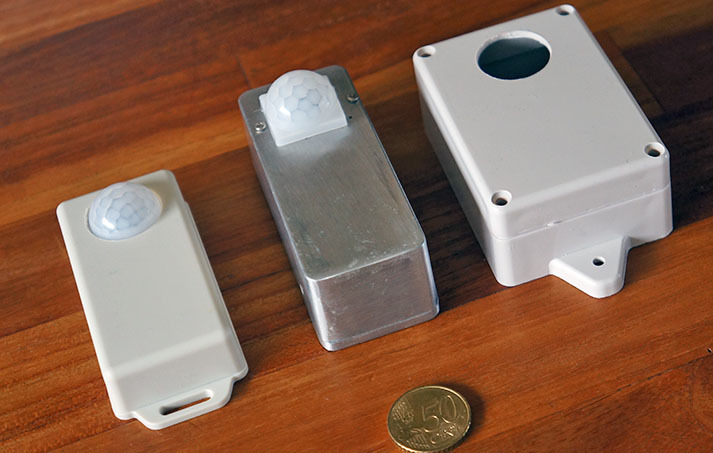
diy evolution 
Nice! I’m actually using a similar case for my RN2483+Teensy nodes  . Which and how many batteries do you use?
. Which and how many batteries do you use?
What is the battery life of these?
that depends on your circuit 
Why Li-Ion? Do you intend to make the nodes rechargeable?
I use NiMh because it’s cheaper and lasts longer. Li-Ion looses its charge quite fast imo. I want to make my nodes run for years without servicing  .
.
in this particular application.
I don’t agree
I am preparing a longer post with some data … next week 
’ I want to make my nodes run for years without servicing ’
o that… yes, thats the 'dream of many people 
I never had more than a couple a couple of weeks with LiPo batteries, now use LTC which give me many months of operation. Should be years but these sensors haven’t been around long enough to test that. And with LTC, they are much easier to purchase in large quantities than LiPo.
I’ve tested batteries from 100 to 12000 mA/H, all depends on the use, indoors or outdoors, just a door/window contact or a movement sensor in a crowded place.
If you use sensors which don’t use a lot of energy, you can feed them direct from the GPIO and let them sleep when the circuit sleeps, only to wake up by an RTC signal.
The RM186 GPIO pins for example have 2 modes, 0.5 mA and 5 mA drive current you can set.
